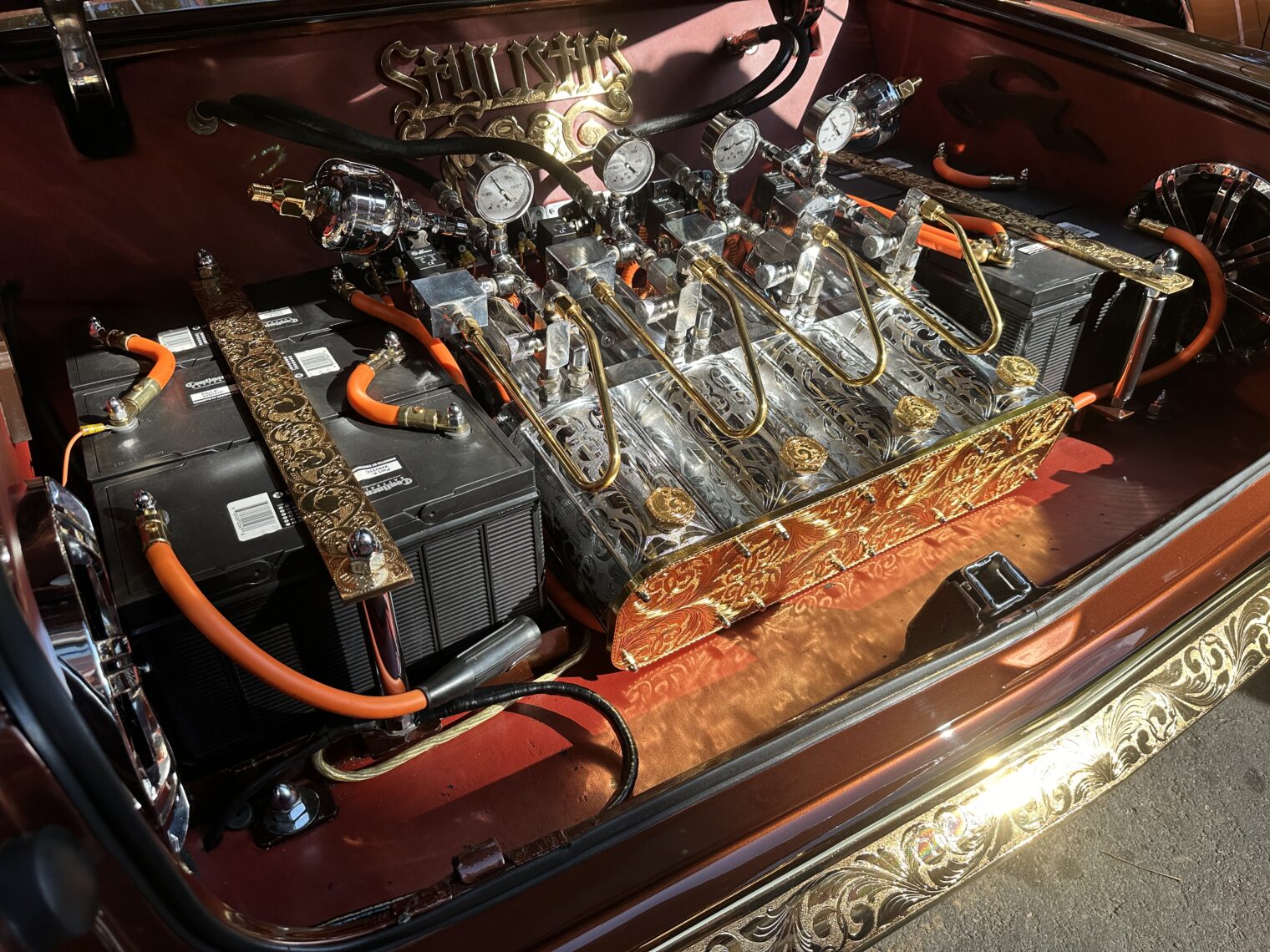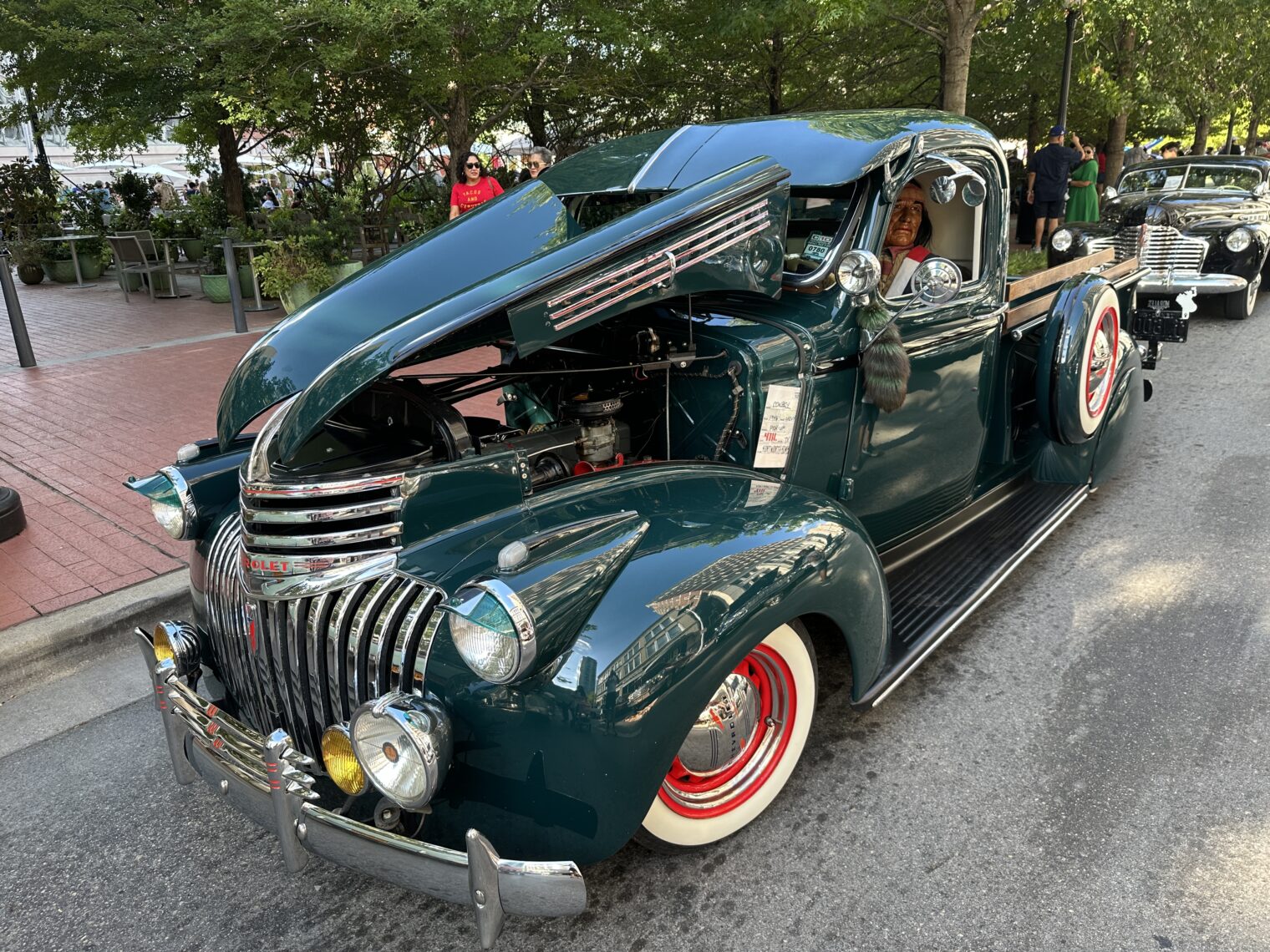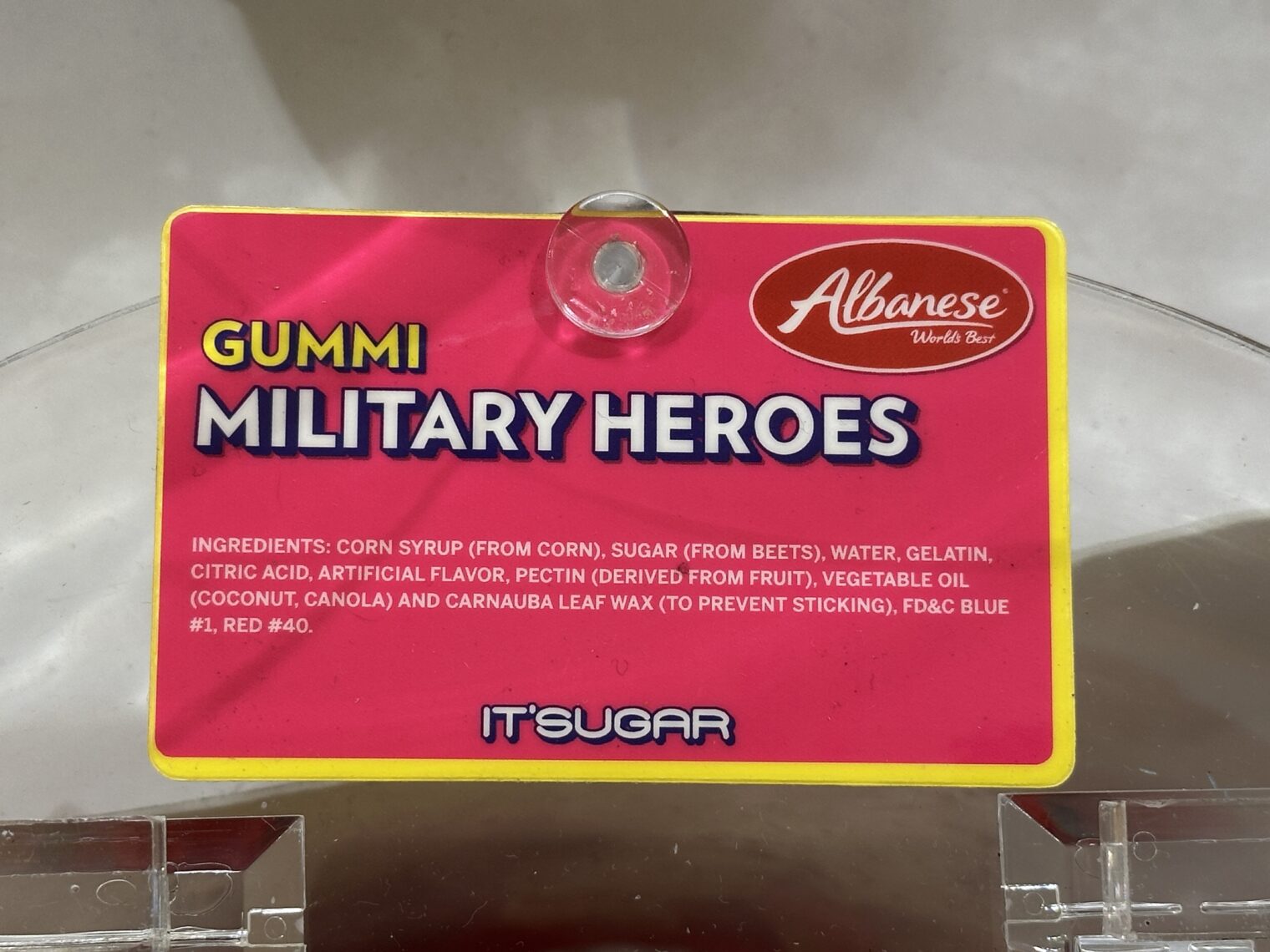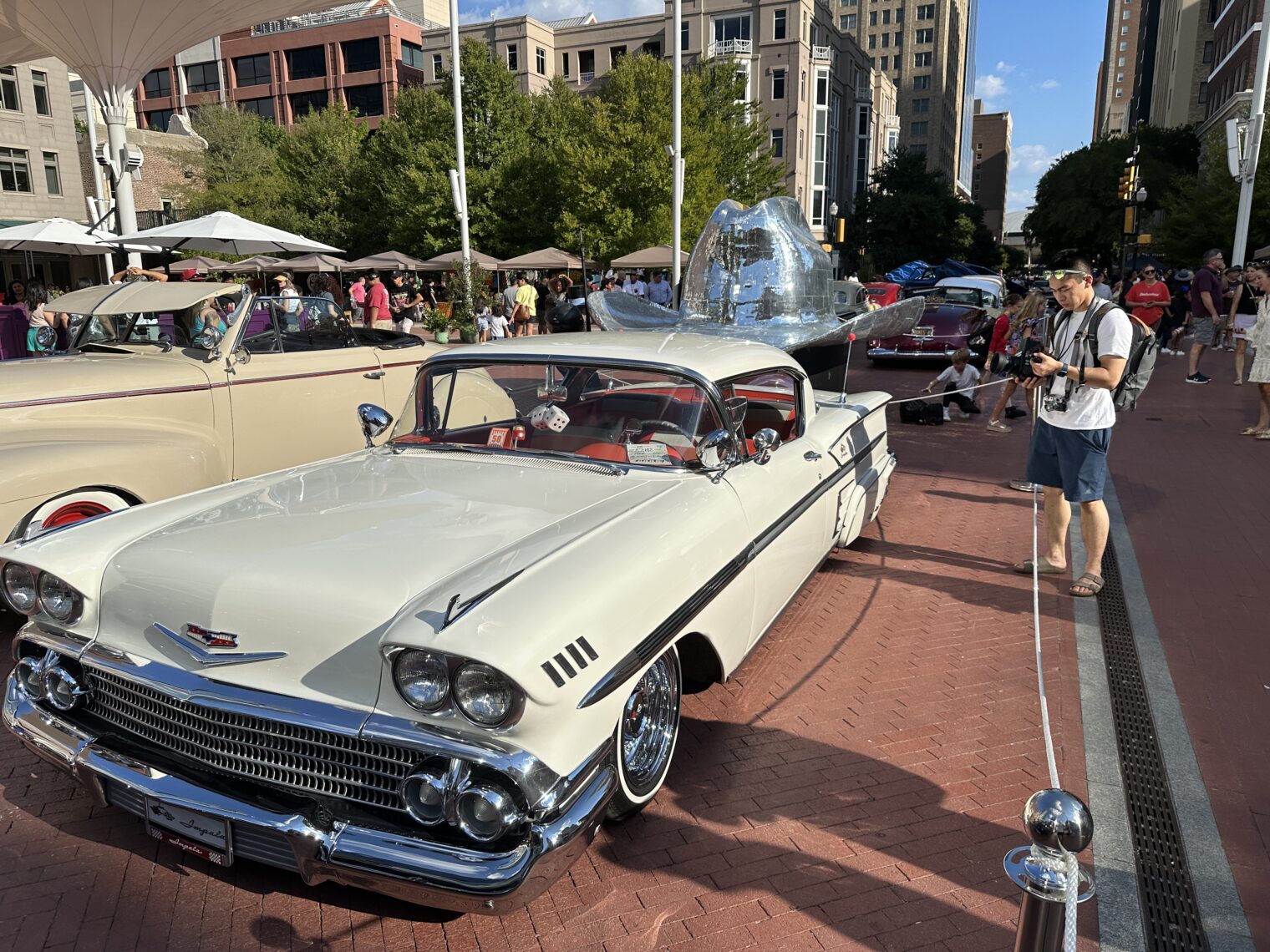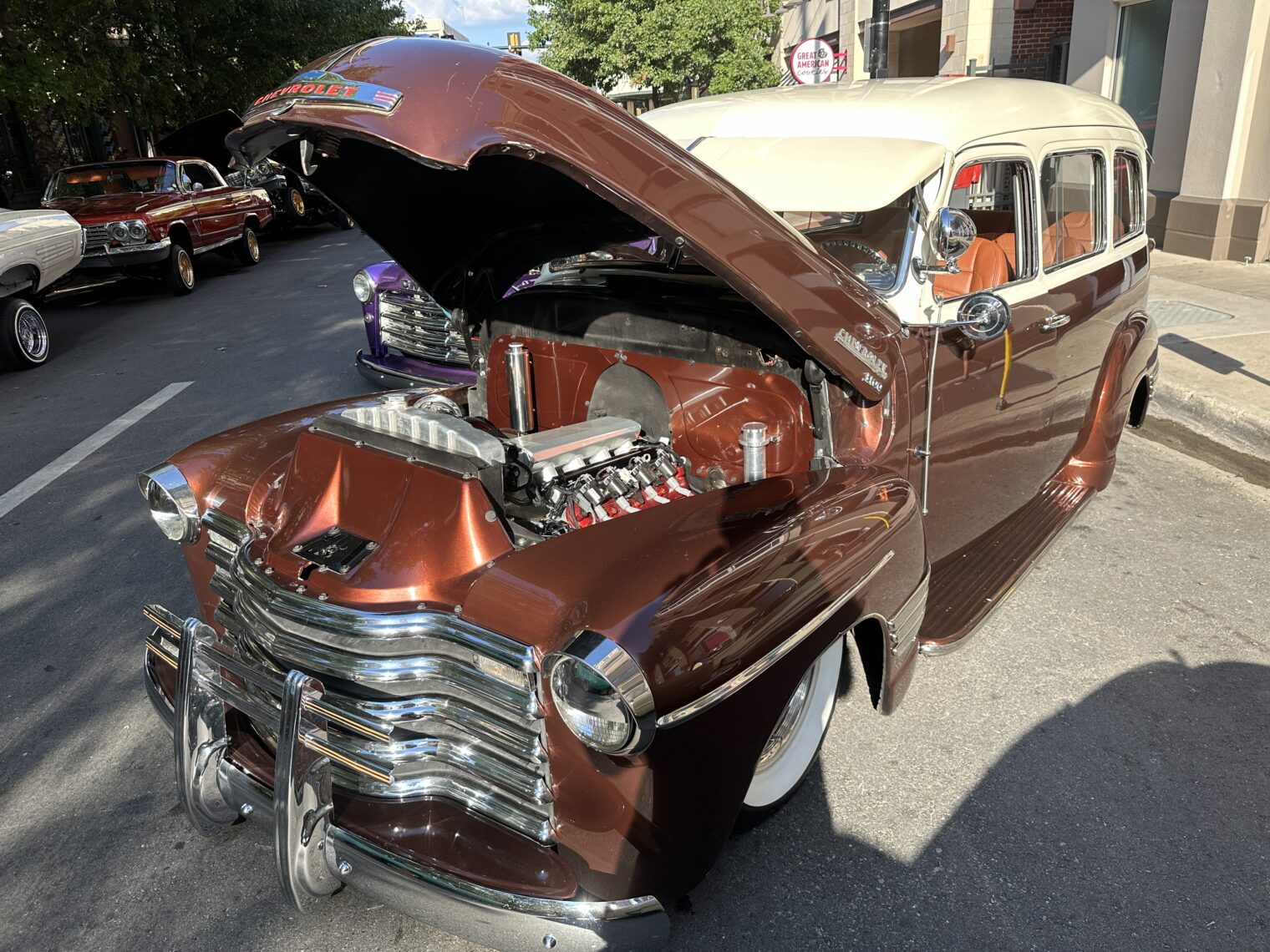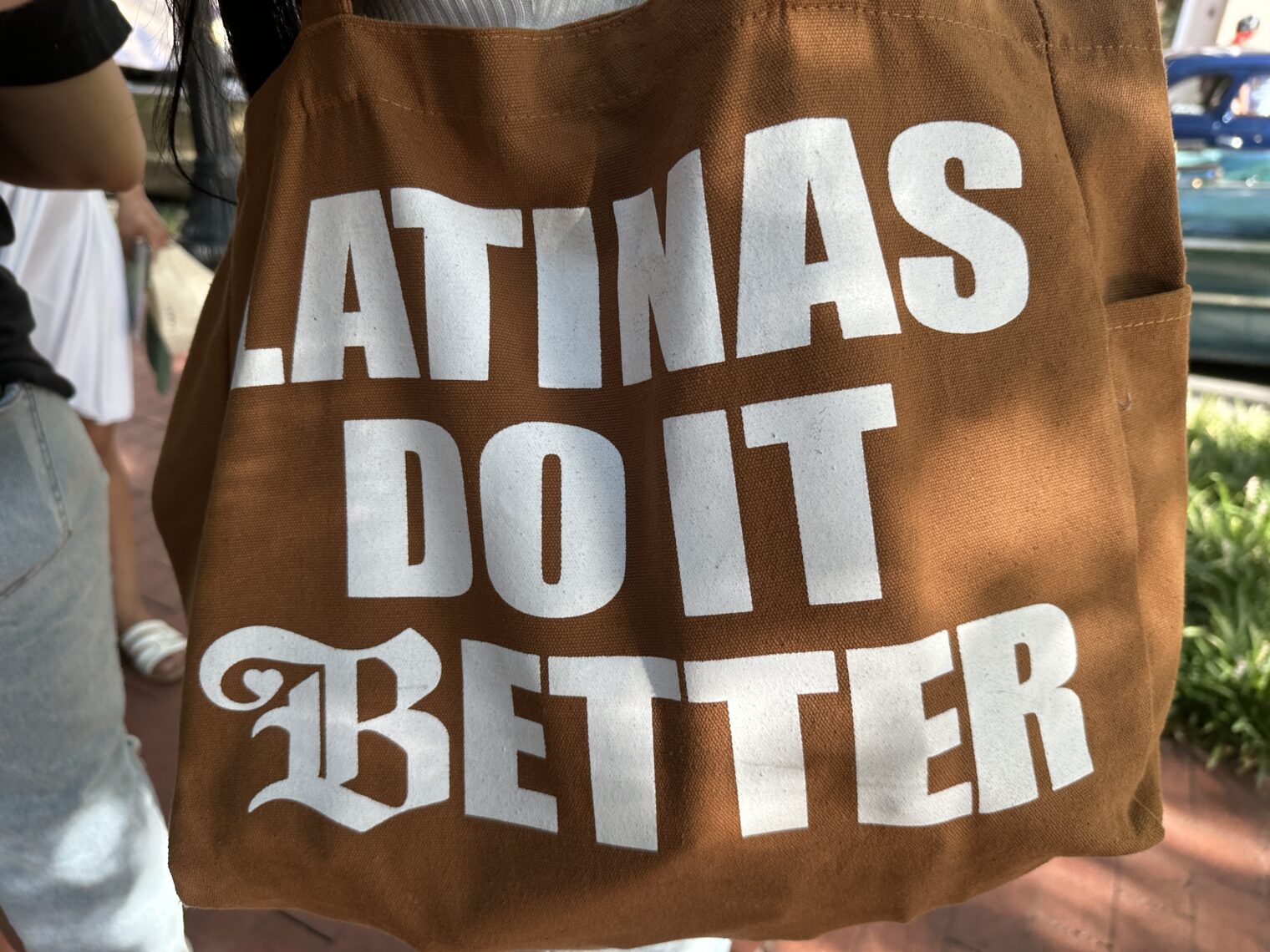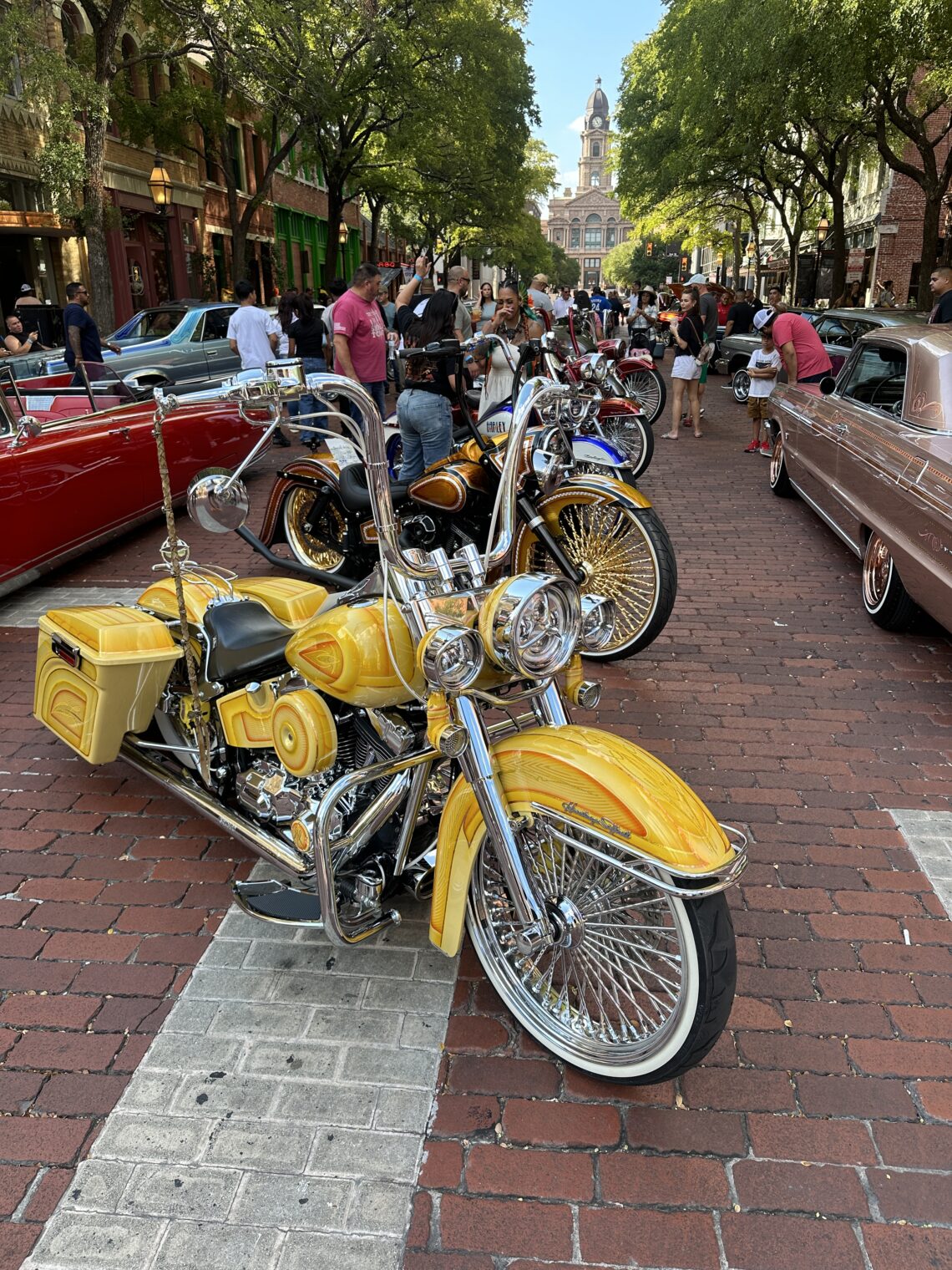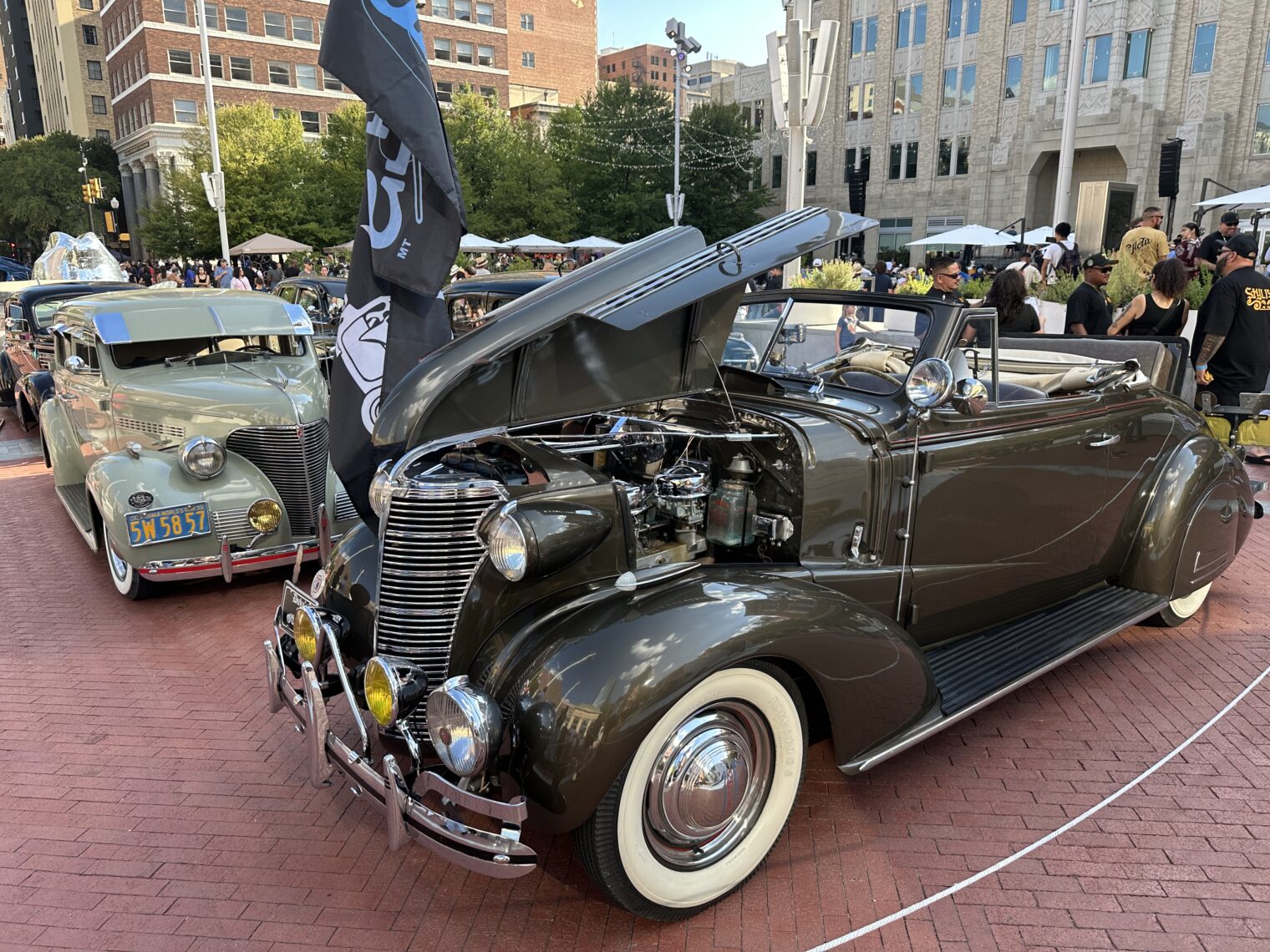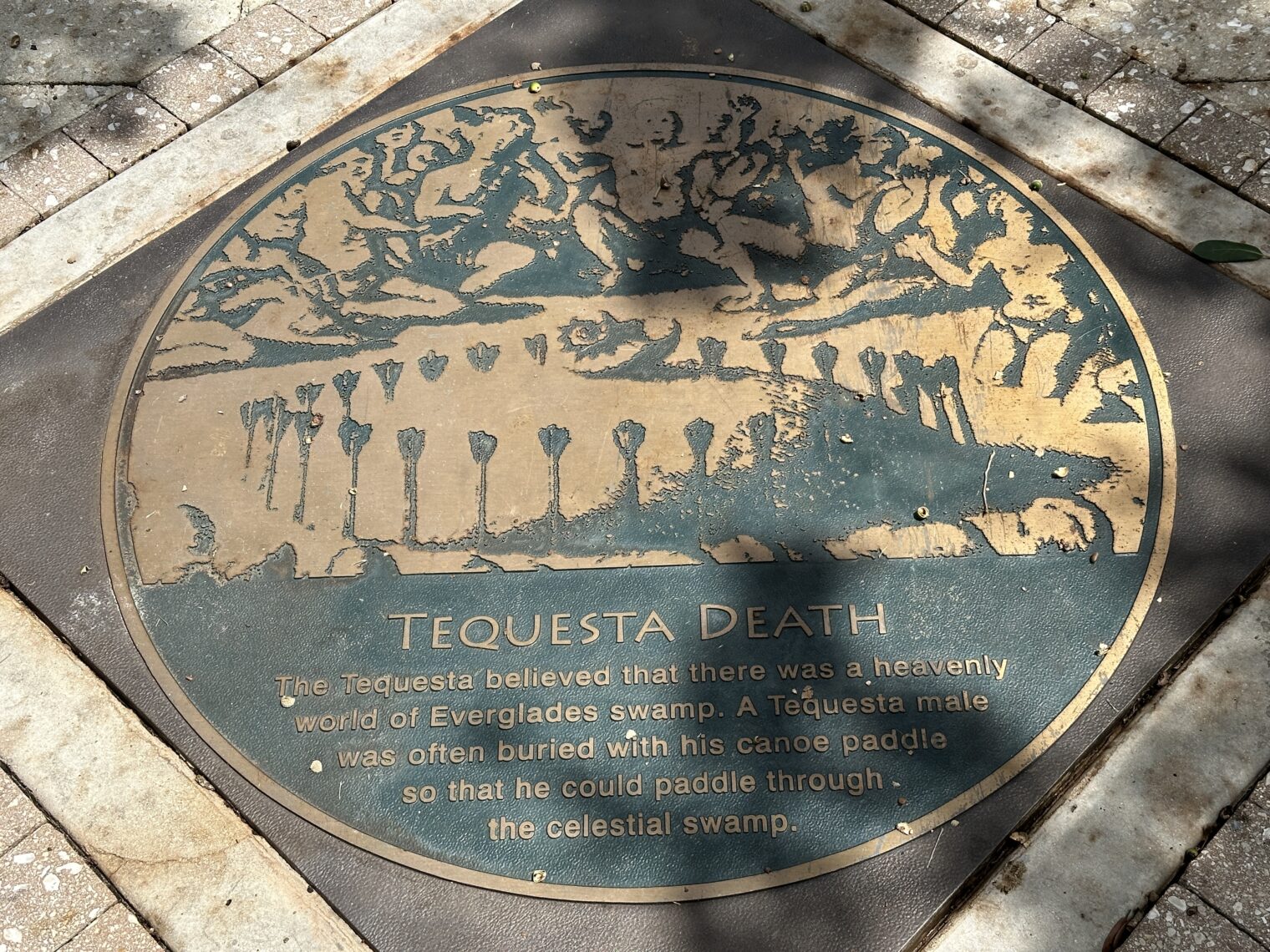Palestinians have run a master class in victimhood since October 8, 2023. Westerners accept that there has been a “genocide” in a part of the world whose population is growing. The Islamic Resistance Movement (“Hamas”) has demonstrated that it is possible to convince Westerners that civilians have been targeted and massacred merely by setting up a “health ministry” that will release a death toll without distinguishing between soldiers and civilians. (It is unclear why there would be an actual health ministry in a Palestinian area given that taxpayers in the US and EU fund all health care for Palestinians via UNRWA.) A Westerner will read that 41,000 noble Gazans have been killed by the evil Israelis and his/her/zir/their brain processes that as “41,000 civilians suffered the unjust fate of being killed”.
It seems now that the Lebanese, who declared war on Israel in 1948 and never accepted a peace treaty nor recognized the state of Israel, have learned from the masters. “Israel pounds Lebanon, pressuring Hezbollah after killing its leader” (Reuters, September 29):
Lebanon’s Health Ministry said more than 1,000 Lebanese were killed and 6,000 wounded in the past two weeks, without saying how many were civilians. The government said a million people – a fifth of the population – had fled their homes.
The noble Lebanese suffered a pager/walkie-talkie attack on September 17-18, 2024 and, therefore, the “two week” period above includes people who were killed or wounded by their Hezbollah-purchased devices.
Separately, the article is interesting for portraying the Lebanese as united behind Hezbollah:
“We lost the leader who gave us all the strength and faith that we, this small country that we love, could turn it into a paradise,” said Lebanese Christian woman Sophia Blanche Rouillard, carrying a black flag to work in Beirut.
“You won’t be able to destroy us, whatever you do, however much you bomb, however much you displace people – we will stay here. We won’t leave. This is our country and we’re staying,” said Francoise Azori, a Beirut resident jogging through the area.
And it looks like the Lebanese are on track for the fully funded lifestyle that Palestinians have enjoyed for 76 years:
The U.N. World Food Programme said it had launched an emergency operation to provide food for those affected by the conflict.
(Everyone in Lebanon has been “affected by the conflict” (that Lebanon started in 1948) and, therefore, everyone in Lebanon is entitled to free food paid for by US/EU taxpayers. Note that about 10 percent of the Lebanese population is already registered with UNRWA as “Palestinian refugees” and, therefore, already getting free food, housing, health care, education, etc.)
If we follow the dogma of revealed preference, it seems that being at war with Israel and receiving international aid is preferred to being at peace with Israel and having to go to work every day.
Here’s some 2019 propaganda from the U.S. State Department:
Since 2007, the United States has provided nearly $5 billion in assistance, investing in the development of Lebanon’s sovereignty and stability through economic growth, education, poverty alleviation, refugee and humanitarian assistance, and local level public service provision. American assistance spans military, internal security, demining, justice, education, public services and economic growth.
“In few places in the world can we so positively help to build institutions,” said Michelle Ward, management officer at Embassy Beirut. “In Lebanon, we have a real opportunity to partner with the Lebanese on development, defense and diplomatic engagements.”
Lebanese public awareness of U.S. government assistance is perhaps greatest regarding support for the Lebanese Armed Forces (LAF) where the U.S. government has invested more than $2.29 billion since 2005, training more than 32,000 LAF soldiers in the U.S. and Lebanon. The LAF has developed its role as a broad, cross-sectarian and nationally unifying force able to protect against external and internal threats. Lebanon is the only government in the region to have defeated the Islamic State group of Iraq and the Levant unassisted.
The Lebanese have $500 million/year of military assistance from the United Nations (previous post) and, apparently, billions of pre-Biden dollars from the U.S. for military assistance. Yet the Germans say “The Lebanese state lacks power to contain the escalating conflict between Hezbollah and Israel unfolding on its territory. Its army is notoriously weak too.” This is especially perplexing given that we know that diversity is the sure path to strength. With a diverse mixture of Christians, Sunni Muslims, and Shiite Muslims, plus all of that cash from the US and help from the UN, why isn’t the Lebanese state one of the world’s strongest? The Germans say that assembling people who don’t share a common religion is a huge mistake in Lebanon (but it is a great idea in Germany?):
This weakness has historical roots. “Lebanon was founded in the early 20th century as a state of Christian Maronites in alliance with the French as a protecting power,” says Markus Schneider, who heads the Friedrich-Ebert foundation’s regional project for peace and security in the Middle East in the Lebanese capital Beirut.
“The birth defect was that it included large areas of non-Maronite populations from the outset,” Schneider told DW. “Confessionalism was a compromise in order to integrate other sections of the population. This however prevented the emergence of a strong nation state.”
This confessional structure became further entrenched in the Lebanese civil war that erupted in 1975, pitting the country’s three largest denominations — Shiites, Sunnis and Maronite Christians — against each other. After the end of the civil war in 1990, a system was established to better balance the interests of the individual confessional groups.
The term “confessional” here means “a group of people with similar religious beliefs”. Lebanon cannot have “a strong nation state” because it is a mixture Christians and Muslims. European nations and the U.S., however, will become far stronger as Christians and Muslims are mixed.
The Lebanese government hasn’t been entirely ineffective. It managed to order and enforce a Science-inspired lockdown on October 2, 2020:
Lebanon Followed the Science and had 416 excess deaths per 100,000 population from 2020-2021. Sweden deplorably rejected the Science and had 91 excess deaths per 100,000 during the same period. (Lancet) (For comparison, the Science followers of New York State suffered from 205 excess deaths per 100,000.)
Full post, including comments 


